Liberica Coffee Bean knowledge: the characteristics of Liberian Coffee beans of the three original species of Coffee beans
In today's coffee consumption market, we can often hear Arabica species and Canefa species (Robusta), but in fact, there is another coffee species that has been "giving" in the coffee consumer market for hundreds of years, that is, Liberica.
The Origin of Liberika
Originally grown in the low-altitude forests of Liberia on the West African coast, Liberia is named after its place of origin, Liberia.
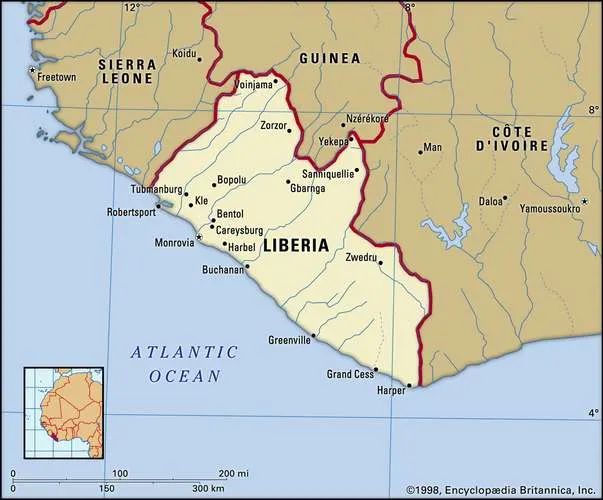
The characteristics of Liberika
The Liberica coffee tree is much taller than the Arabica species or Robusta, with a height of 6-20 meters, and the Liberica coffee fruit is also larger than the other two coffee species, so the Liberika species is also called a large fruit seed. Its coffee flavor is famous for its strong wood and smoky flavor.

Liberia card species, Arabica species and Canefa species (Robusta) are also known as the three major types of coffee in the commercial coffee market. Liberica coffee accounts for 2% of world consumption, which is dwarfed by Arabica coffee (about 75%) and Robusta (about 20%).
The flavor of Liberika
Of all the types of coffee, Liberica has the lowest caffeine content. Robusta has the highest content, with 2.26 grams of caffeine per 100 grams of beans. Arabica coffee is second only to 1.61 grams of caffeine per 100 grams of beans. Liberica contains only 1.23 grams of caffeine per 100 grams of beans.

Although the caffeine content of Librika is lower than that of Arabica and Robusta, its flavor is not very friendly. The coffee flavor of Librika is dominated by nutty, dark chocolate and smoky aromas. It has a strong flavor, strong, even with the smell of soil and wood, compared with the cheerful flavor of Arabica, the flavor of Liberika appears to be more heavy and melancholy.
Some people even describe it as liquid tobacco because it produces a thick smoky smell and smell similar to that of actual tobacco plants. Filipinos even call this coffee "Kape Barako", which can be understood as "strong man coffee".
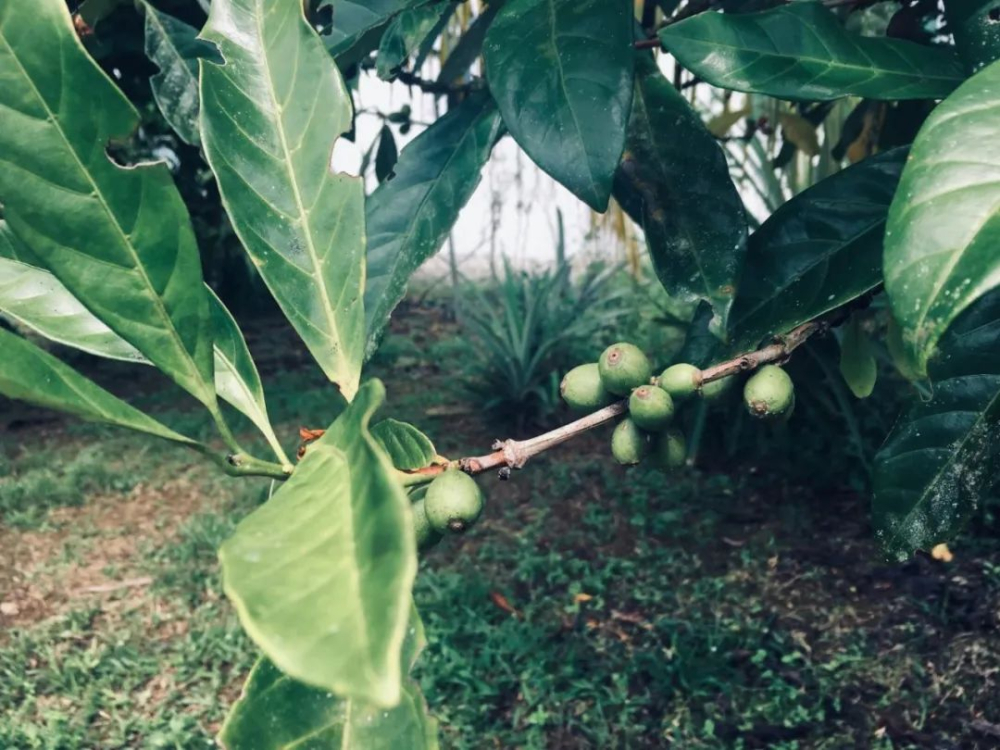
Although the taste of Librika is not very pleasing, its aftertaste is surprisingly excellent, the aftertaste is strong but not strong, and the aroma retained in the mouth is memorable.
Liberica is often used as a raw material for instant coffee, and in the Philippines, "Kape Barako" has become a must for breakfast coffee of the older generation. In Malaysia, Liberica coffee beans are made as a local specialty-white coffee.
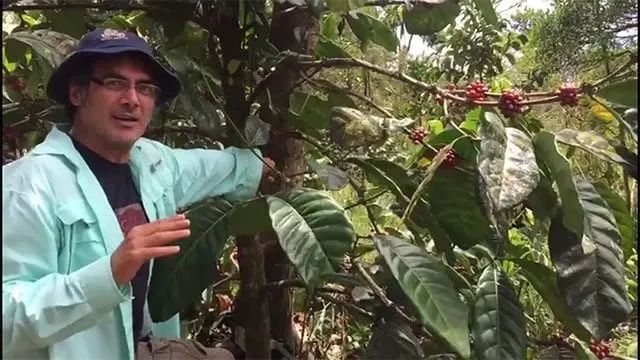
Planting of Liberika
The planting history of Liberika is as complex as its flavor characteristics. Liberia card originated in Liberia on the west coast of Africa. It was not discovered and planted until the 19th century, but it has not been widely planted because it is too tall and difficult to pick.
The Philippines becomes the largest producer of Liberia.
With the global outbreak of coffee rust in 1890, Arabica coffee in Southeast Asia became the biggest victim of leaf rust. Seeing the rapid collapse of the coffee industry, the Philippine government took the lead in looking for strong disease-resistant coffee as a substitute, so Librika was first grown in the Philippine provinces of Badayan and Kavit.
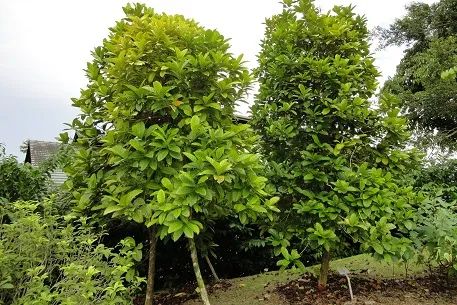
Due to the low altitude, hot weather and abundant rainfall in the Philippines, it is very suitable for the growth of Liberia. To this day, the Philippines is still the largest producer of Liberia in the world, and later countries such as Malaysia, Indonesia and Vietnam also planted a large number of Liberika and its variants, which brought Liberica halfway across the world to Southeast Asia to flourish.
Libby cards are also grown in China.
According to the description of Volume 71 (2) of Chinese Flora revised in 1999

Large-grain Coffee (Flora of Hainan)
Small trees or large shrubs, 6-15 m tall; branches spreading, flattened when young. Leaves thinly leathery, elliptic, Obovate-elliptic or lanceolate, 15-30 cm long, 6-12 cm wide, apex broadly acute, acuminate part 4-10 mm long, base broadly cuneate, entire, both surfaces glabrous, lower vein axils with small pores, with short tufts in pores; lateral veins 8-10 on each side; petiole stout, 8-20 mm long; stipules connate basally, broadly triangular, 3-4 mm long, tip obtuse, rarely convex. Cymes short, 2 to several clustered in leaf axils or on leaf scars of old branches, with very short involucral pedicels; bracts connate, dimorphic, usually 2 broadly ovate, apex truncated, 2 linear, sometimes leaflike. I haven't seen the flowers. Berries large, broadly elliptic, 19-21 mm long, 15-17 mm in diam., bright red at maturity, apical crown with 4-7 mm wide, raised disk; seeds oblong, 15 mm long, ca. 10 mm in diam., smooth. The florescence is from January to May.
It is cultivated in Guangdong, Hainan and Yunnan. The low-altitude forests of Liberia, native to the west coast of Africa, are now widely planted in the tropics.
Important Notice :
前街咖啡 FrontStreet Coffee has moved to new addredd:
FrontStreet Coffee Address: 315,Donghua East Road,GuangZhou
Tel:020 38364473
- Prev
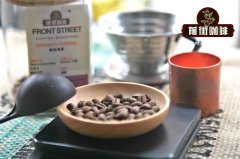
The History of Coffee: knowledge and dissemination of Coffee History and Culture
Professional coffee knowledge exchange more information about coffee beans Please follow the coffee workshop (Wechat official account cafe_style) No one knows when coffee was discovered, but there is a legend. Once upon a time, goats grazing on the highlands of Ethiopia in Africa suddenly got into a crazy uproar. The herdsman thought it was incredible and finally suppressed the wild goats.
- Next

Asian Coffee Vietnam, a famous coffee producing area in Asia
Professional coffee knowledge exchange more coffee bean information please follow the coffee workshop (Wechat official account cafe_style) Coffee production in Asia is second only to Central and South America. Indonesia has always been the largest coffee producer in Asia, but this situation has changed greatly in recent years. With the assistance of the World Bank, Vietnam's production expanded rapidly and officially squeezed out of Indonesia in 1999 to become the largest in Asia.
Related
- How did the Salvadoran coffee industry develop in Central America?
- What exactly does the golden cup extraction of coffee mean?
- The Origin of Coffee flower
- [2023 Starbucks World Earth Day] there are more meaningful things besides free Starbucks coffee!
- What kind of coffee is there in Spain? 9 Flavors of Spanish Coffee
- Aromatic African coffee| Kenya's coffee culture and historical production area
- Liberica Coffee Bean knowledge: the characteristics of Liberian Coffee beans of the three original species of Coffee beans
- The origin and formula of Spanish latte introduces the taste characteristics of Bombon coffee in Valencia, Spain.
- How to adjust the solution of over-extracted coffee
- What is the tasting period of coffee beans? What is the period of coffee and beans? How should coffee wake up and raise beans?

